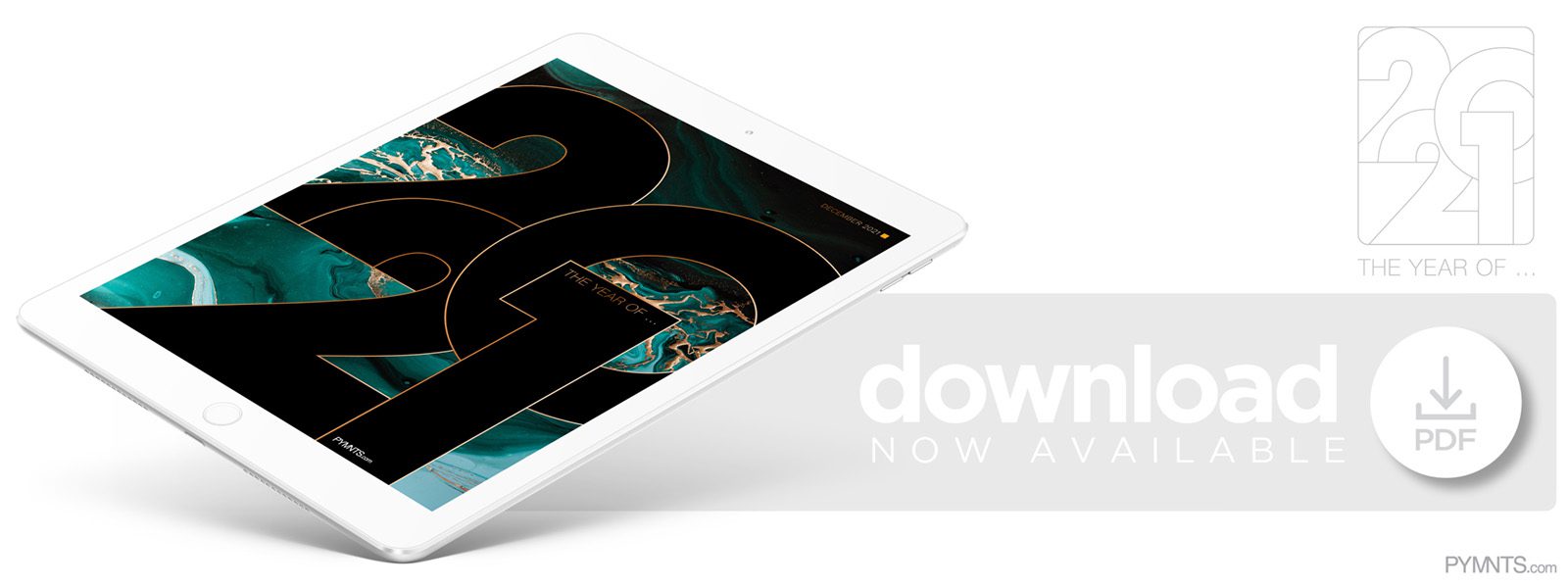FISPAN: 2021 was the Year of Renaissance

Clayton Weir, co-founder and CEO of FISPAN, says the year saw banks, payment providers and FinTechs embrace platforms, working together to develop innovative products and services. Read his thoughts in the PYMNTS eBook, “In a Word: 50 Thought Leaders Sum Up 2021.”
To me, if the financial services industry in 2021 could be summed up in one word, it would be: renaissance. While 2020 forced many financial institutions to adjust to a changing market, in 2021 we saw firms actually enacting informed plans to improve existing processes. It is very exciting to have witnessed this vibrant marketplace of specialized FinTech providers that has emerged through application programming interfaces (APIs), making it easier for banks to innovate and provide great experiences for their customers.
Institutions that were initially reluctant to make the shift to digital processes have had to quickly adjust to growing demand and expectations. Additionally, new functionalities like embedded finance have highlighted that traditional banks were not fully equipped to make rapid digital moves. The importance of open banking — and the scalability allowed by the use of FinTechs’ white-label BaaS solutions — emerged to fill that gap.
Banks, payment providers and FinTech companies are starting to move toward collaboration to launch services and solutions with the goal of making life easier and removing the technical burden for businesses of all sizes. The groundwork has now been laid to make finance embedded in a more standardized way, and initiatives like open banking will help unlock financial data for businesses. By connecting the back-end tools and services that businesses use — such as electronic payments rails — digital B2B commerce will become an invisible part of life.
Those who have embraced open banking have seen how it has made it easier for customers to access FinTech products or even open accounts with other FIs, while still transacting through their main bank’s platforms. Rather than getting frustrated with their bank’s limitations, customers will benefit from the ease in which they can work with their original institution.
The banks that are ahead of the curve and already partnering with FinTechs began to better understand how their customers use their products in context, which allows them to innovate smarter and faster. The best way for B2B banks to manage the impact of rapidly evolving customer expectations in a digital space is to partner with agile, innovative FinTech services. The reality is that embedded banking is becoming ubiquitous with backend improvements and improved functionality — and FinTechs such as FISPAN are well-positioned to provide these solutions.
